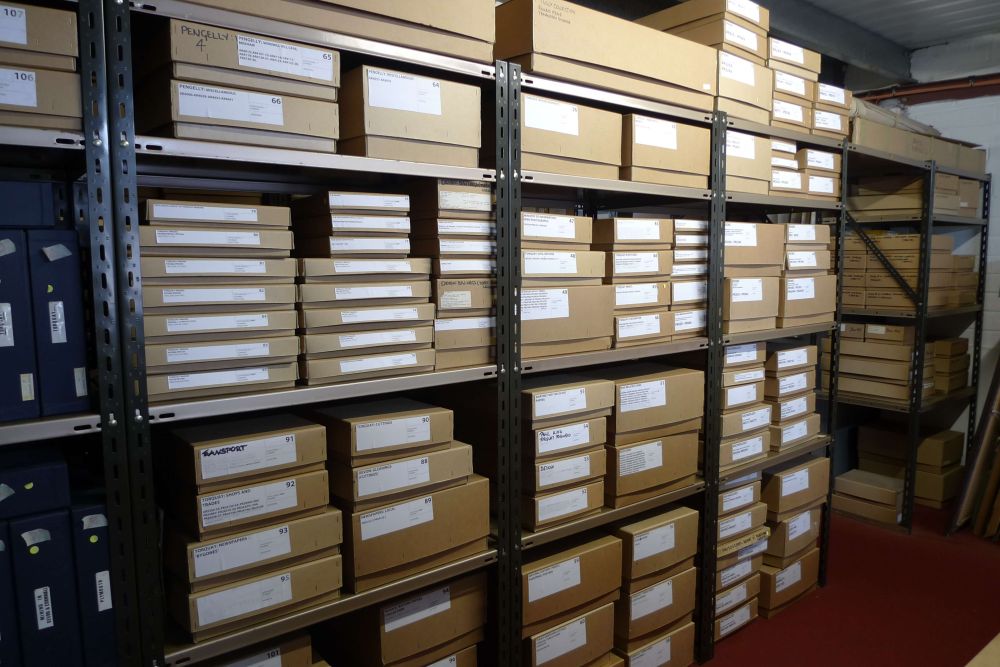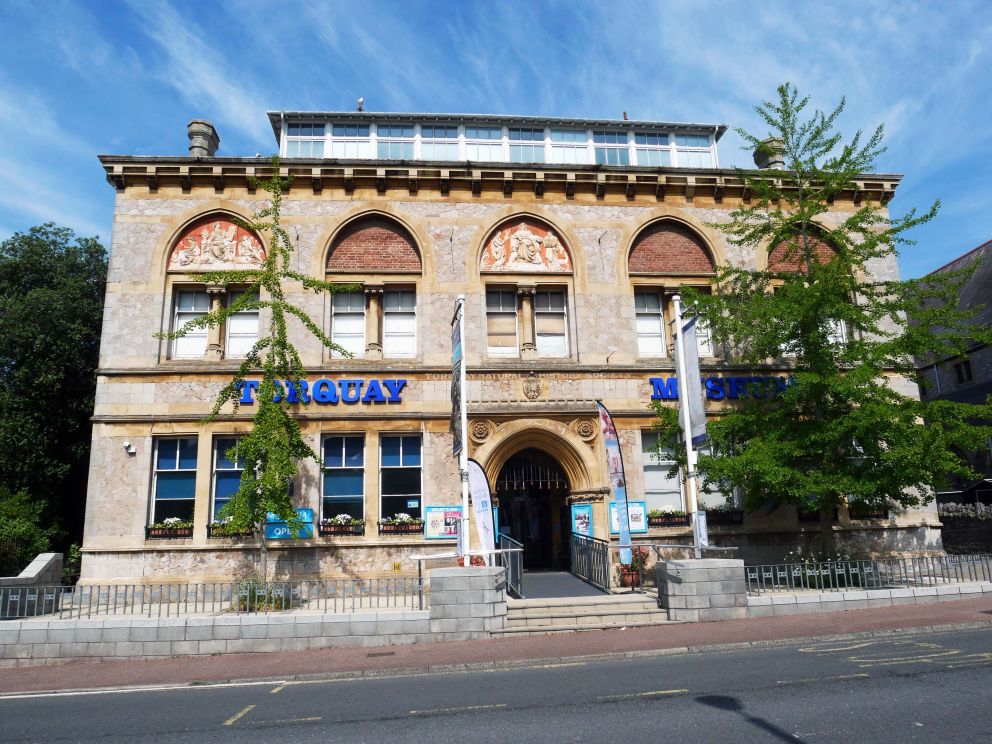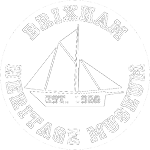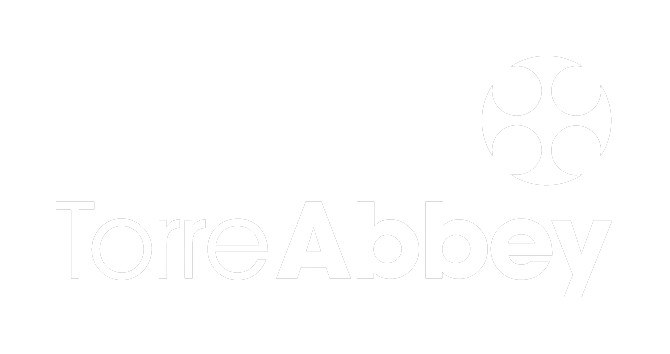What's In Store
For a local museum, we have surprisingly diverse and extensive collections. This means that only 1% of our collections are on permanent display. Behind the scenes, we care for many objects, artefacts and paper records, which require careful handling and managed environments. This includes temperature and humidity controls, controls of pests, fungi and other elements that may potentially damage or infest collection items. All accredited museums have a duty of care for their collections and we work hard to keep them safe for future generations to enjoy and learn from.
Read More 

Ogilvie Store - Natural History
The Ogilvie Store is equipped with a roller racking system that holds in excess of 150,000 specimens, in a dehumidified environment. This is by far the largest collection in the Museum, and includes, insects, plants, shells, birds, reptiles and mammals, with approximately 6,000 geological samples. Many important local collections are housed here such as the Griffiths collection of seaweeds and algae, and the Ashe collection of British beetles, but the store also holds many thousands of exotic and tropical species especially insects and shells.
Paleontology Store
The Museum’s fossil collections are mostly documented to inventory level and are searchable our Modes database. P1-P6753 form the fossil collection in cabinets 1-8 and the sixth bay of the roller racking system with numbers P6754-P6999 put aside for additional documentation. The remainder of the fossil collection requires inventory level of documentation and we are seeking a suitably qualified volunteer. This includes the completion of the Alfred Beatie collection of polished corals and the larger items on open shelving.
The Designated sub-fossil collections now number P7000-P22815 and P30000-P42778 and are housed in the first to fifth bay of the roller racking system. The collections have been the subject of yearly cataloguing projects by Exeter University students who over 19 seasons, have recorded more than 18,000 specimens. The bulk of the Kent’s Cavern collection was completed in 2018 a few small donations still await documentation.
Following the appointment of a temporary documentation assistant, huge inroads were made into the cataloguing of the remaining cave collections with whole site archives from Cow Cave Chudleigh, Joint Mitnor and a range of small sites being completed. A small amount of material from Torbryan Cave complex remains uncatalogued.
Archaeology Store
Arguably the Museum’s most important holdings, the archaeology collections are largely documented either to inventory level or in many areas full record status. An archaeological archive from multi-period site at Ipplepen has also started to be deposited at the Museum in 2021 by the University of Exeter. This material will be added to the Museum’s database in due course but may wait until the whole site has been deposited. Full catalogue records exist for Roman Archaeology, Egyptian Archaeology, Human Remains and Kent’s Cavern Prehistoric Pottery, and highly detailed records exist for around 400 of the Kent’s Cavern stone tools, due to the loan of Dr Roger Jacobi’s note cards, which have been incorporated into the Modes Records, with his illustrations. Around 3,500 items in the collections have digital images, this includes all the Kent’s Cavern stone tools and the Egyptian and Roman collections.
Pictorial Records & Archive
Our collection of around 85,000 pictorial and documentation items are housed in the Museum’s newest store and consists of many separate collections, made by local figures, keen collectors and members of the Torquay Museum Society. Recent work has progressed on the Devon database with over 6,000 added records relating to Dartmoor and this has been merged with the Torbay database on Modes. Work is currently progressing on the backlog of newly acquired items of local interest and on the retrospective documentation of the images relating to Devon and Torbay. Grant funding was acquired to progress documentation on around 7,000 lantern slide images which was completed in 2021.
The Museum’s archives include over 500 documents in manuscript form that relate to the Designated Quaternary Collection, including Father John McEnery’s and William Pengelly’s field notes and correspondence. Digitisation of Pengelly’s Brixham diaries was completed in 2024. Transcribed copies and digital copies of these archives are available to be purchased from the Museum for research projects.
The Percy Harrison Fawcett Archive, gifted to the Museum in 2006, was recorded on full records in less than 2 years and the whole archive is now stored on Modes. Digitisation of the Fawcett Archive is complete but collection can only be accessed via appointment on site and copyright restrictions apply to any use of the archive for publication or filming.
Work has progressed on the digitisation of Hester Pengelly’s Letter Collection and other archives housed within the store and is almost complete.
Human History Store
This store contains all our human history objects and artefacts, from both the local area and around the world. Some of these are happy housed on shelves, boxes, catalogued and ordered. Others are carefully hung on racking, such as a number of weapons, including arrows that we handle with extra care due to the poison still on their tips.
Read More 

Support Torquay Museum
Did you know that whenever you buy anything online – from your weekly shop to your annual holiday – you could be raising free donations for Torquay Museum with easyfundraising? Find out how!
Stay Connected with Our Newsletter
Be the first to hear our latest news by signing up to our newsletter. Also don't forget to follow us on social media - @torquaymuseum.
















